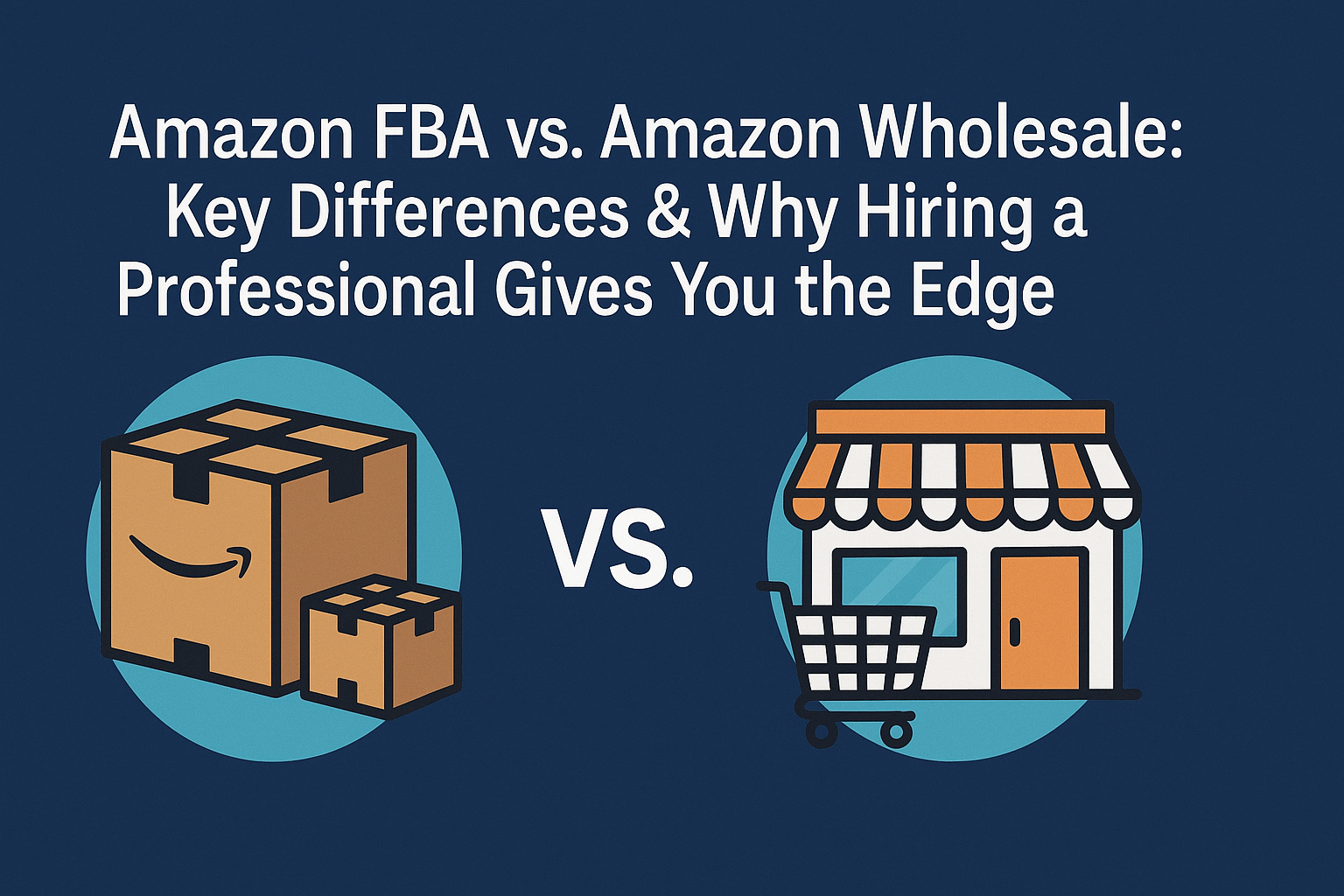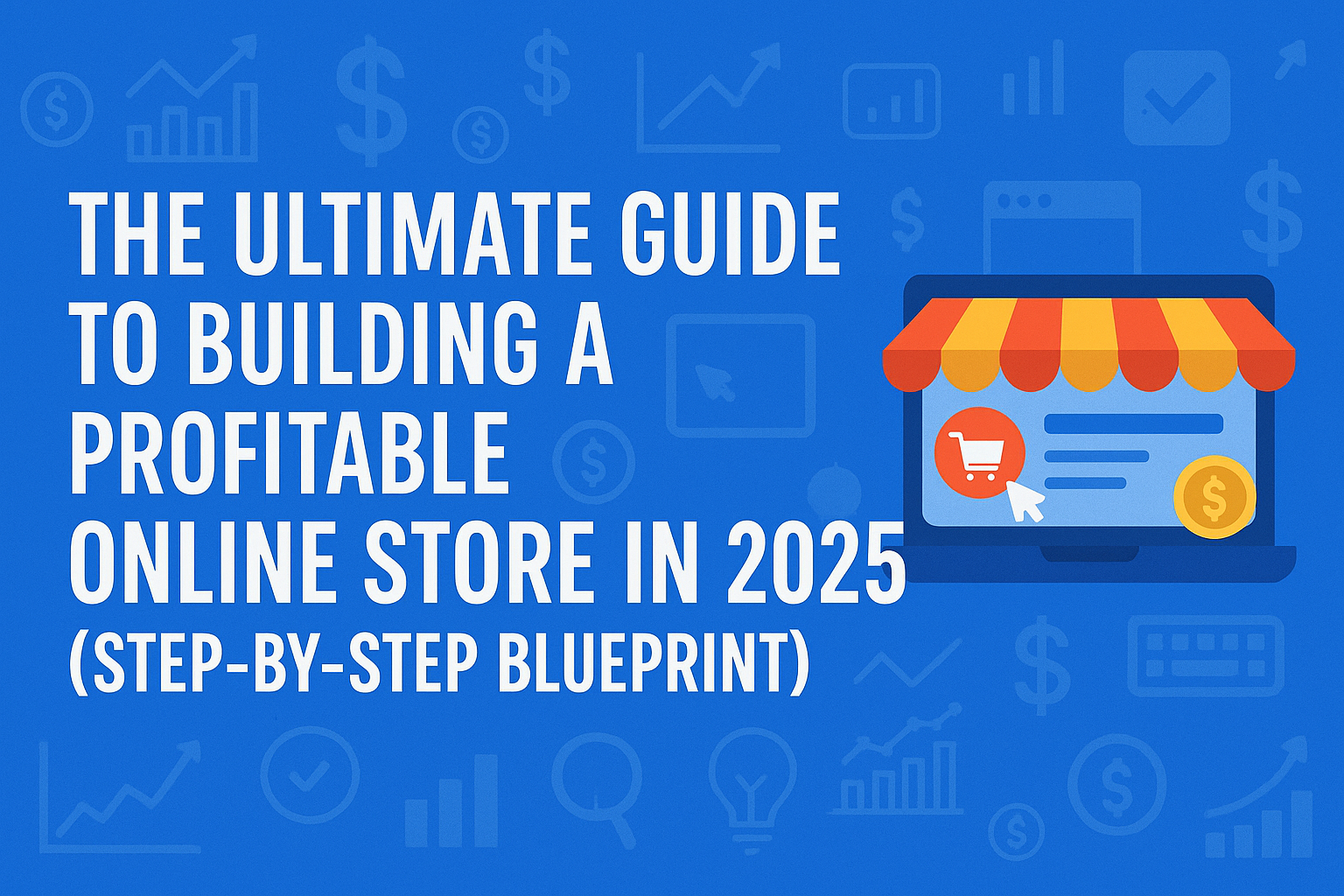Introduction
The e-commerce landscape has evolved dramatically over the past few years, and 2025 is no exception. With technological advancements, changing consumer behaviors, and increasing competition, building a successful e-commerce business requires strategic planning and execution. This guide aims to provide you with a comprehensive roadmap to navigate the e-commerce world effectively.
1. Understanding the E-commerce Landscape
1.1. The Growth Trajectory
E-commerce has seen exponential growth, with global sales projected to surpass $6.5 trillion by the end of 2025. This surge is driven by increased internet penetration, mobile device usage, and consumer preference for online shopping.
1.2. Emerging Trends
- Personalization: Tailoring shopping experiences to individual preferences.
- Voice Commerce: Utilizing voice assistants for shopping.
- Augmented Reality (AR): Allowing customers to visualize products before purchase.
- Sustainable Practices: Eco-friendly packaging and ethical sourcing.
2. Laying the Foundation
2.1. Identifying Your Niche
Selecting a niche is crucial. It allows you to focus your marketing efforts and cater to a specific audience. Consider factors like market demand, competition, and your passion.
2.2. Market Research
Conduct thorough research to understand your target audience’s needs, preferences, and pain points. Utilize tools like Google Trends, surveys, and competitor analysis.
2.3. Business Model Selection
Choose a model that aligns with your goals:
- B2C (Business to Consumer)
- B2B (Business to Business)
- C2C (Consumer to Consumer)
- Subscription-Based Models
3. Building Your Online Store
3.1. Choosing the Right Platform
Platforms like Shopify, WooCommerce, and Magento offer various features. Consider factors like ease of use, scalability, and customization options.
For more insights on e-commerce platforms, visit our E-commerce Services Page.
3.2. Website Design and User Experience
A user-friendly website enhances customer satisfaction. Focus on:
- Responsive Design: Ensure compatibility across devices.
- Fast Loading Speeds: Optimize images and use reliable hosting.
- Clear Navigation: Simplify the user journey.
3.3. Product Listings
High-quality images, detailed descriptions, and customer reviews build trust and influence purchasing decisions.
4. Payment and Fulfillment
4.1. Secure Payment Gateways
Integrate trusted payment options like PayPal, Stripe, and credit card processors. Ensure SSL certificates are in place for security.
4.2. Inventory Management
Utilize inventory management systems to track stock levels, manage orders, and forecast demand.
4.3. Shipping and Logistics
Offer multiple shipping options, including express and international delivery. Partner with reliable logistics providers to ensure timely deliveries.
5. Marketing Strategies
5.1. Search Engine Optimization (SEO)
Optimize your website for search engines to increase visibility. Focus on:Semrush
- Keyword Research: Identify relevant search terms.
- On-Page SEO: Optimize meta tags, headers, and content.
- Technical SEO: Improve site speed and mobile-friendliness.
5.2. Content Marketing
Create valuable content like blog posts, videos, and infographics to engage your audience and establish authority.
5.3. Social Media Marketing
Leverage platforms like Facebook, Instagram, and TikTok to reach and engage with your target audience.
5.4. Email Marketing
Build an email list to send personalized offers, updates, and newsletters, fostering customer loyalty.
5.5. Paid Advertising
Invest in PPC campaigns on Google Ads and social media platforms to drive targeted traffic.
6. Customer Service and Retention
6.1. Responsive Support
Offer multiple support channels, including live chat, email, and phone support, to address customer inquiries promptly.
6.2. Loyalty Programs
Implement reward systems to encourage repeat purchases and enhance customer retention.
6.3. Feedback and Reviews
Encourage customers to leave reviews and use feedback to improve your products and services.
7. Analyzing and Optimizing Performance
7.1. Key Performance Indicators (KPIs)
Monitor metrics like conversion rates, average order value, and customer acquisition cost to assess performance.
7.2. A/B Testing
Experiment with different website elements, such as headlines and call-to-action buttons, to determine what resonates best with your audience.
7.3. Continuous Improvement
Regularly update your website, product offerings, and marketing strategies based on data insights and market trends.
8. Legal and Compliance Considerations
8.1. Privacy Policies
Ensure compliance with data protection regulations like GDPR by having clear privacy policies and obtaining user consent.
8.2. Terms and Conditions
Clearly outline your business terms, including return policies, shipping details, and payment terms.
8.3. Taxation and Licensing
Understand and comply with tax obligations and obtain necessary business licenses for your operations.
Conclusion
Building a successful e-commerce business in 2025 involves a multifaceted approach, from selecting the right niche to implementing effective marketing strategies and ensuring excellent customer service. By staying informed about industry trends and continuously optimizing your operations, you can position your business for long-term success.
Ready to take your e-commerce venture to the next level? Explore our comprehensive E-commerce Services to discover how we can support your journey.




